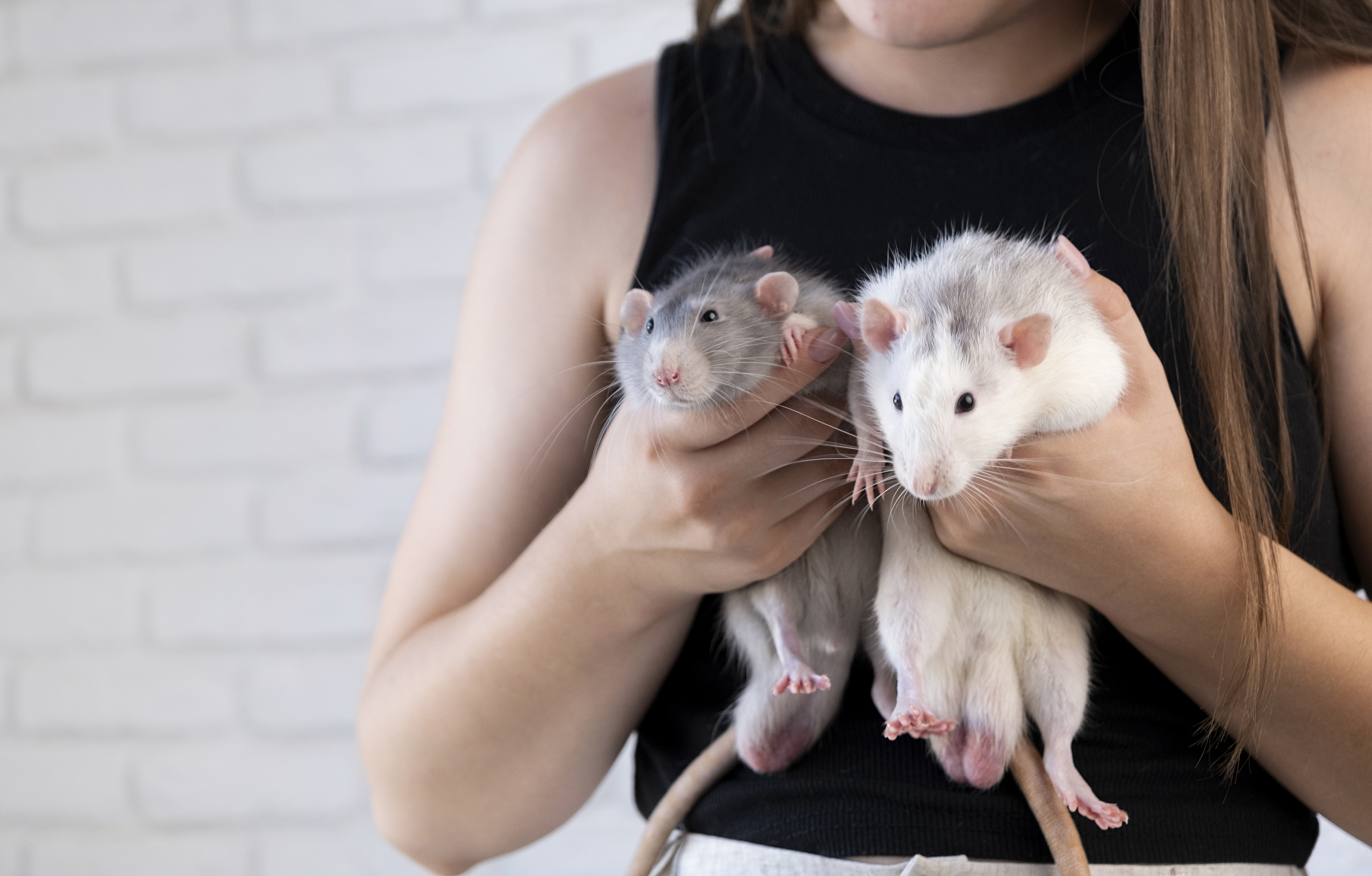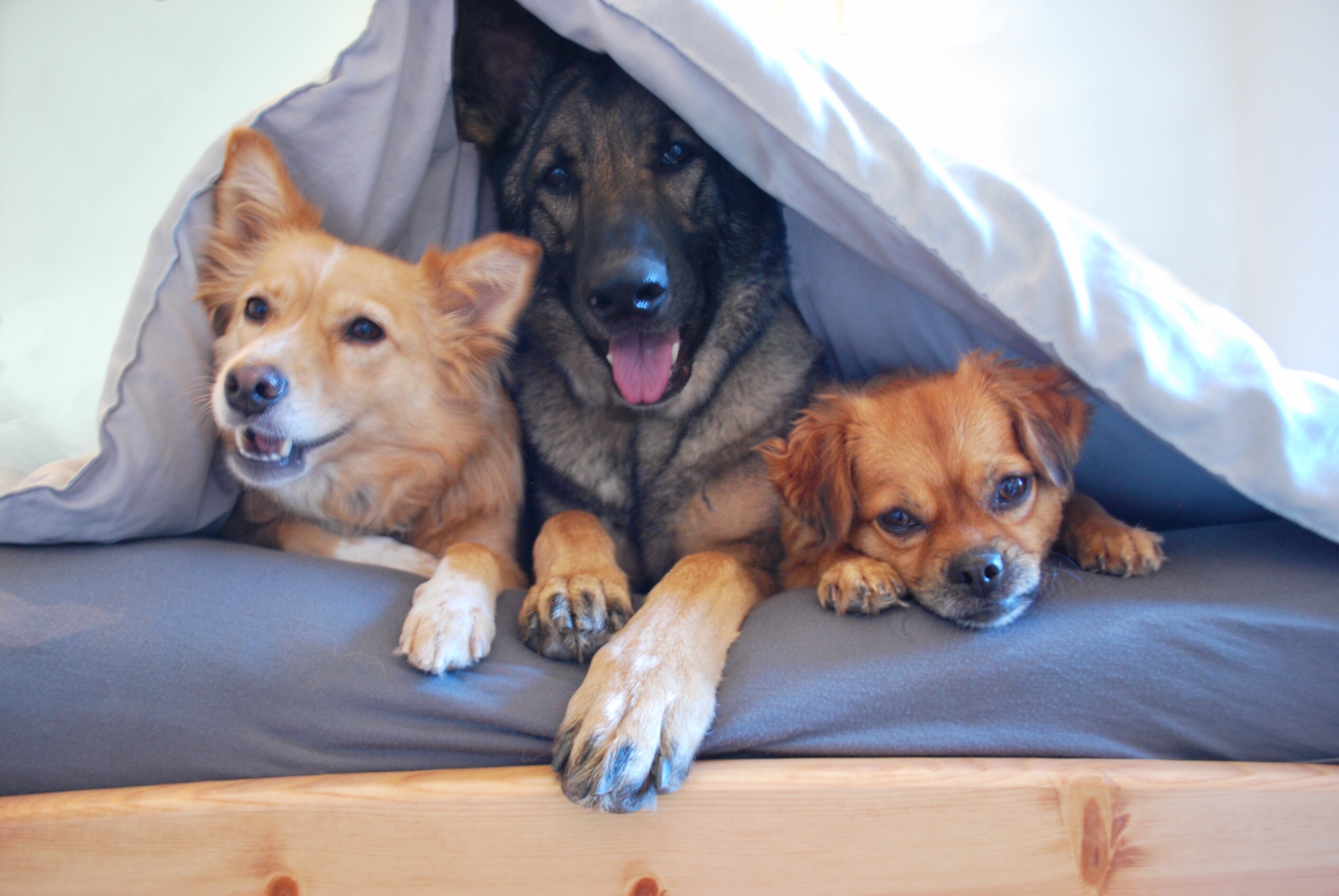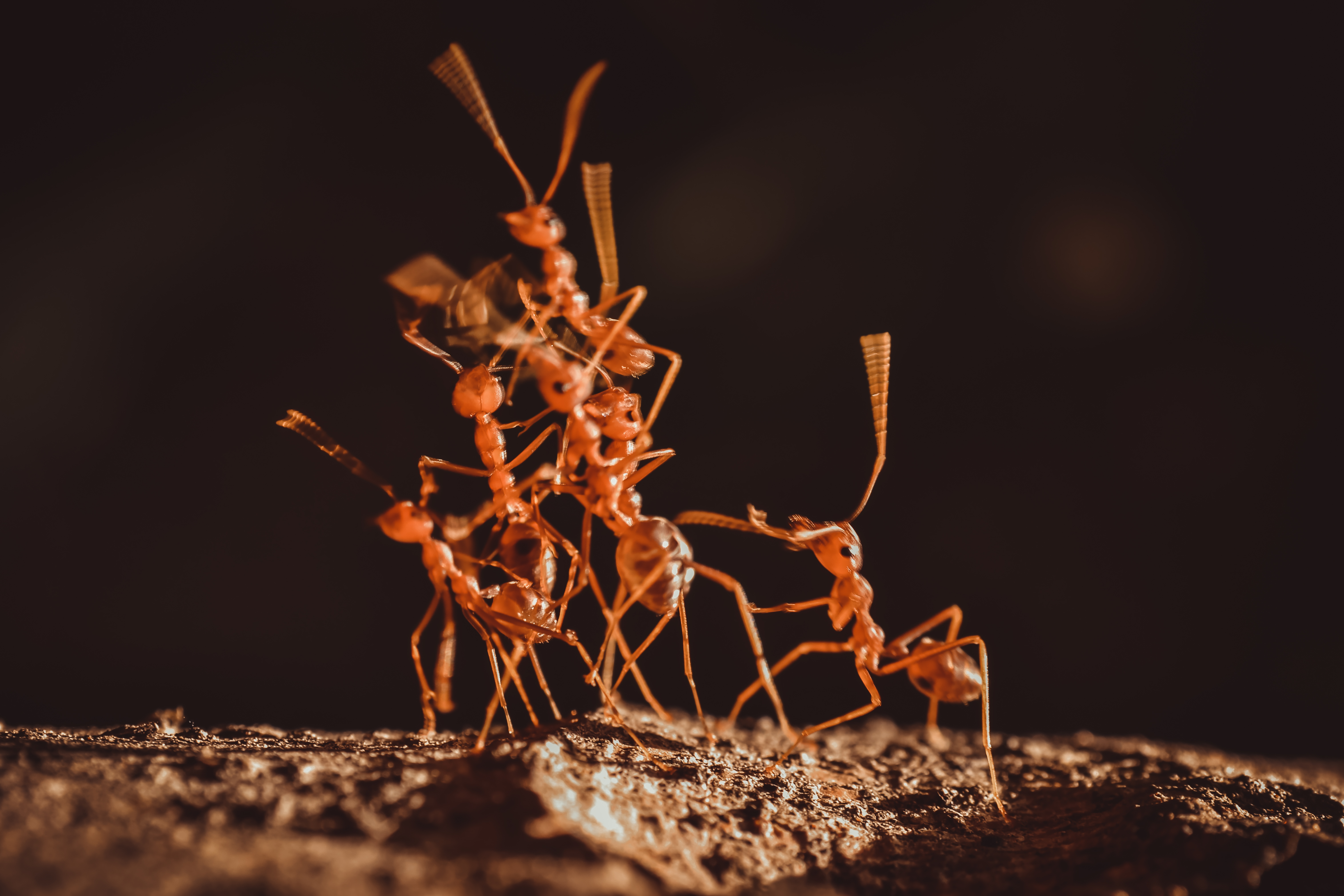10 Alarming Signs Rodents Are Invading Your Home (And What to Do)
Rodents have long been unwelcome guests in human environments, yet their ability to infiltrate and thrive within our spaces is nothing short of astonishing. These small mammals, including mice and rats, are adept at finding their way into homes and buildings and incredibly resourceful in adapting to new environments. The presence of rodents is more than just an annoyance; it poses significant health risks and can lead to substantial property damage. Understanding the signals of a rodent invasion is crucial for timely intervention and effective management. This article delves into the critical ways rodents signal their infiltration and offers strategies to reclaim your space, ensuring a safe and rodent-free environment.
1. Nocturnal Noises
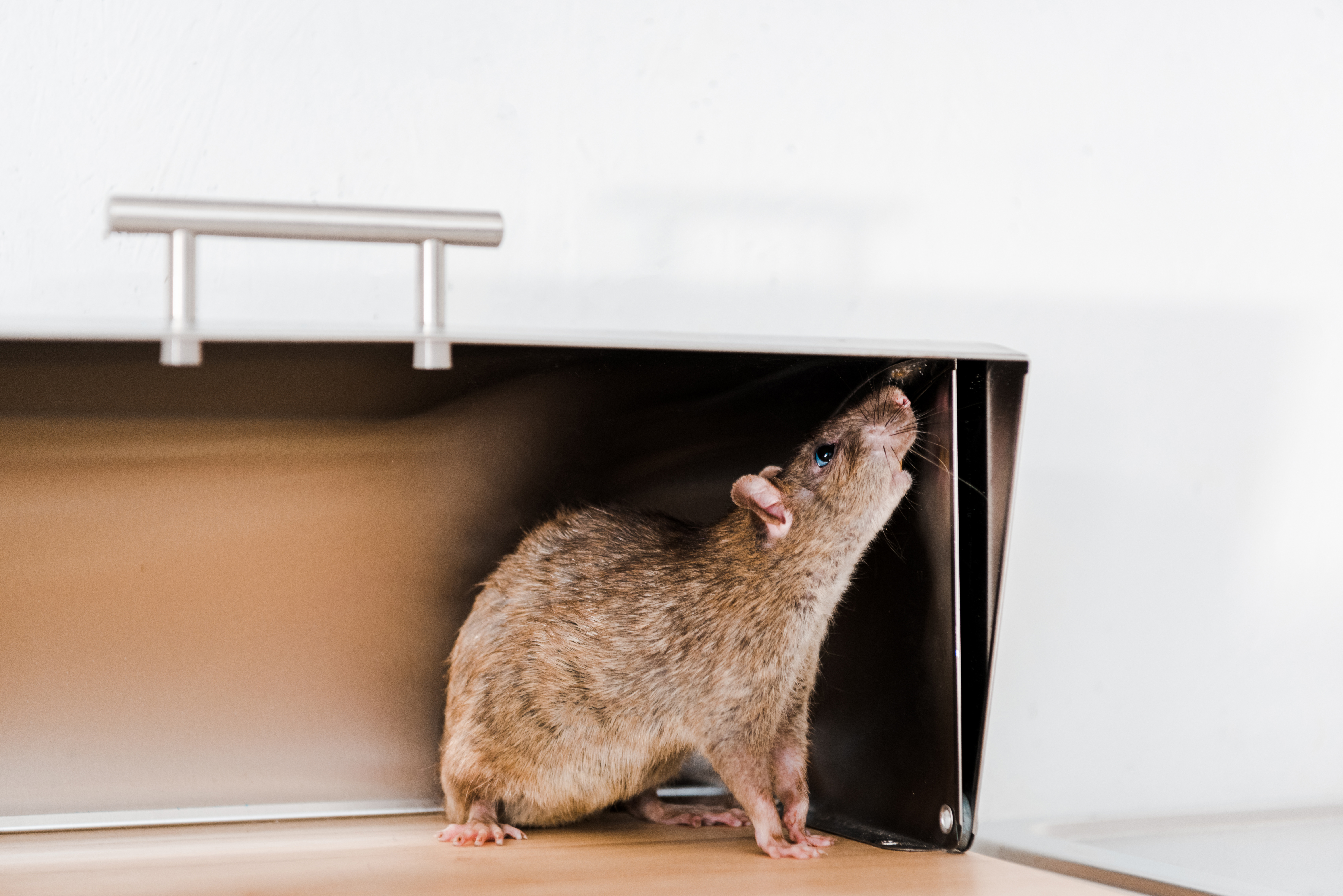
One of the earliest signs of a rodent invasion is the sound of scurrying, scratching, or gnawing, often heard during the quiet of the night. Rodents are nocturnal creatures, meaning they are most active after dark. As they move through walls, ceilings, and floors, their tiny footsteps and the sound of them chewing on various materials can become distinct. These noises are not just an annoyance; they indicate that rodents are present and actively exploring your space. Recognizing these sounds is the first step in identifying an infestation. The nocturnal activities of rodents are driven by their need to forage for food and build nests. Mice and rats are known for squeezing through incredibly small openings, allowing them to access areas difficult for humans to inspect. By paying attention to these nighttime noises, homeowners can pinpoint the areas where rodents are most active, which is crucial for effective control measures. Ignoring these sounds can lead to a larger infestation, making it essential to act promptly.
2. Droppings and Urine Trails
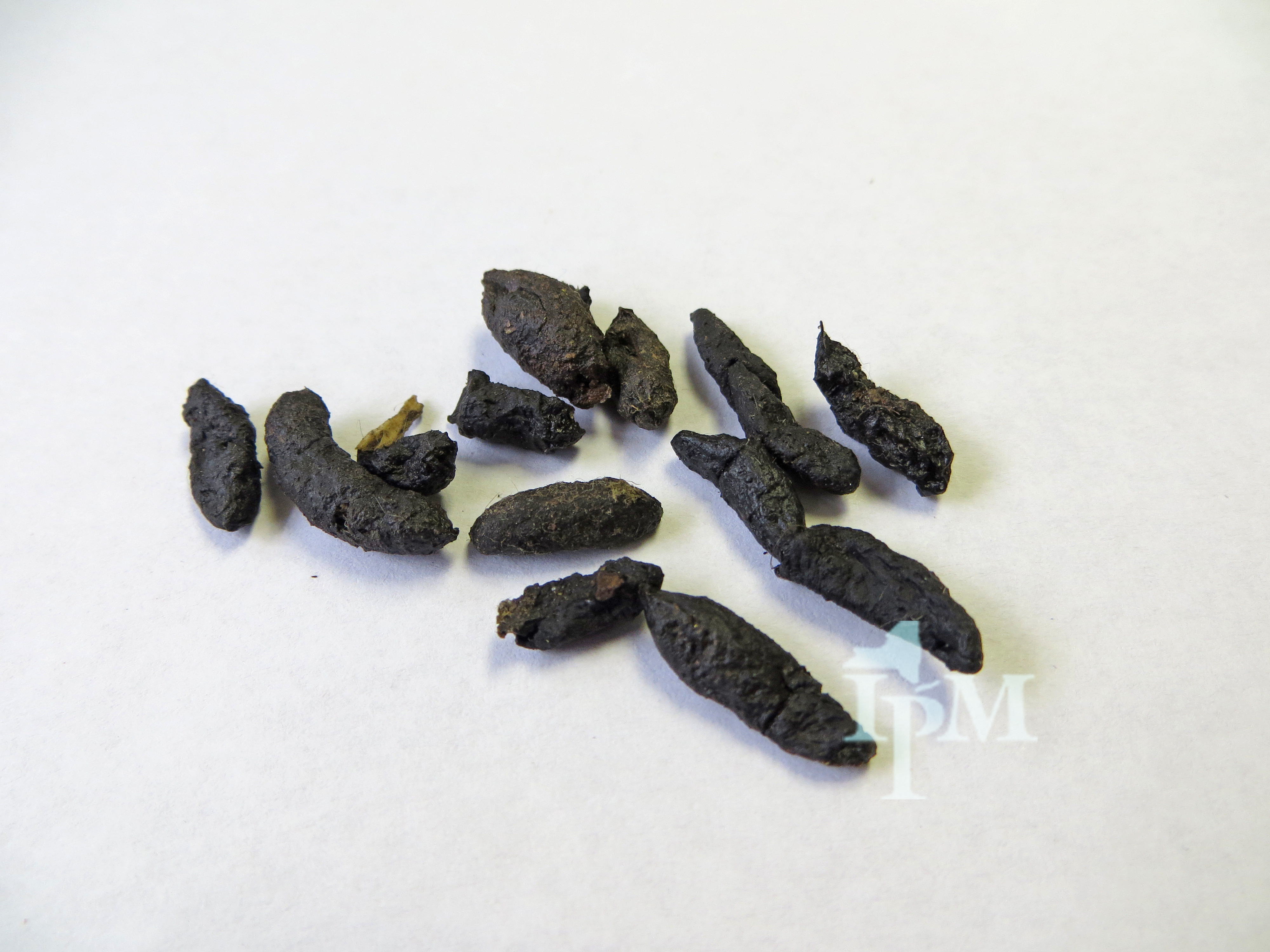
Rodent droppings are one of the most visible and unmistakable signs of an infestation. These droppings are typically found where rodents feed, breed, or travel. Mice droppings are small, about the size of a grain of rice, while rat droppings are larger, resembling a small raisin. Fresh droppings indicate active rodent activity and should be addressed immediately to prevent the spread of disease and further infestation. In addition to droppings, rodents leave urine trails that serve as a means of communication and navigation. These trails can be detected using ultraviolet light, revealing the paths frequently travelled by these pests. The combination of droppings and urine highlights the presence of rodents and provides clues about their habits and population size. Cleaning these waste materials is vital for health reasons, as they can transmit diseases such as hantavirus and leptospirosis. Implementing proper sanitation and hygiene practices is key in reclaiming your space from these invaders.
3. Gnaw Marks and Damage
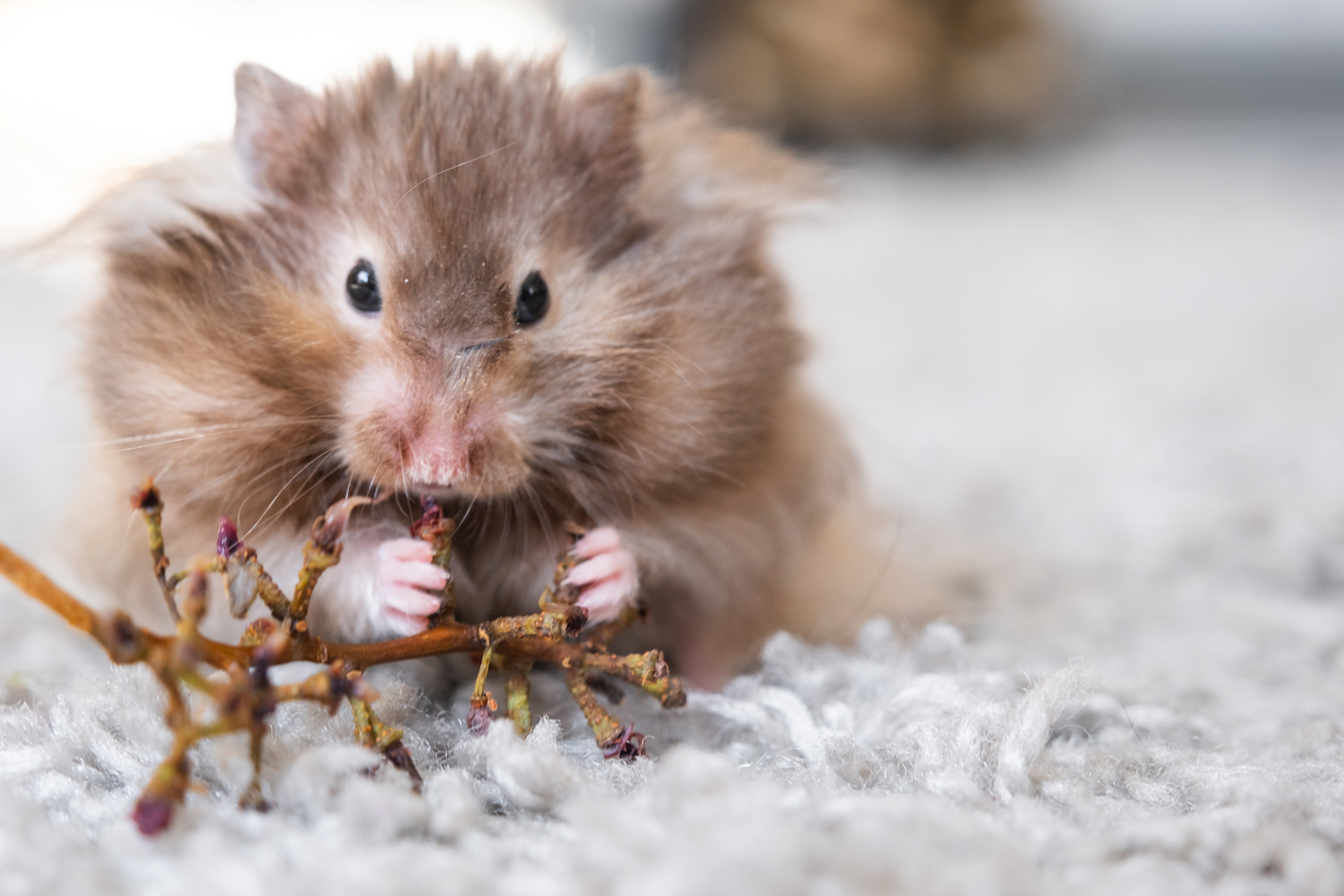
Rodents have ever-growing incisors that require constant gnawing to keep them in check. This behaviour leads to one of the most destructive signs of their presence: gnaw marks. These marks can be found on various materials, including wood, plastic, and electrical wiring. The damage caused by rodents can be extensive, leading to structural weaknesses and posing fire hazards due to chewed wires. Identifying gnaw marks is crucial for assessing the extent of an infestation. Fresh gnaw marks are lighter in colour and will darken over time, providing a timeline of activity. This information can help determine the severity of the problem and guide the implementation of control measures. Addressing structural damage promptly is essential to prevent further deterioration and maintain the integrity of your space. In addition to repairs, sealing entry points and using rodent-proof materials can help deter future infestations.
4. Nesting Materials

Rodents are adept nest builders, using various materials to create comfortable and secure habitats. Common nesting materials include shredded paper, fabric, insulation, and plant matter. These nests are often hidden in attics, basements, and walls. Discovering nesting materials strongly indicates an established rodent presence, as nests are essential for breeding and raising young. The discovery of nests provides valuable insight into rodents' behaviour and movement patterns within your space. Understanding their nesting habits can aid in locating the source of an infestation and implementing targeted control measures. Removing nests and sanitizing the area is crucial for eliminating the breeding grounds of rodents. Preventative measures, such as reducing clutter and sealing potential entry points, can help deter rodents from establishing new nests.
5. Odor and Allergens
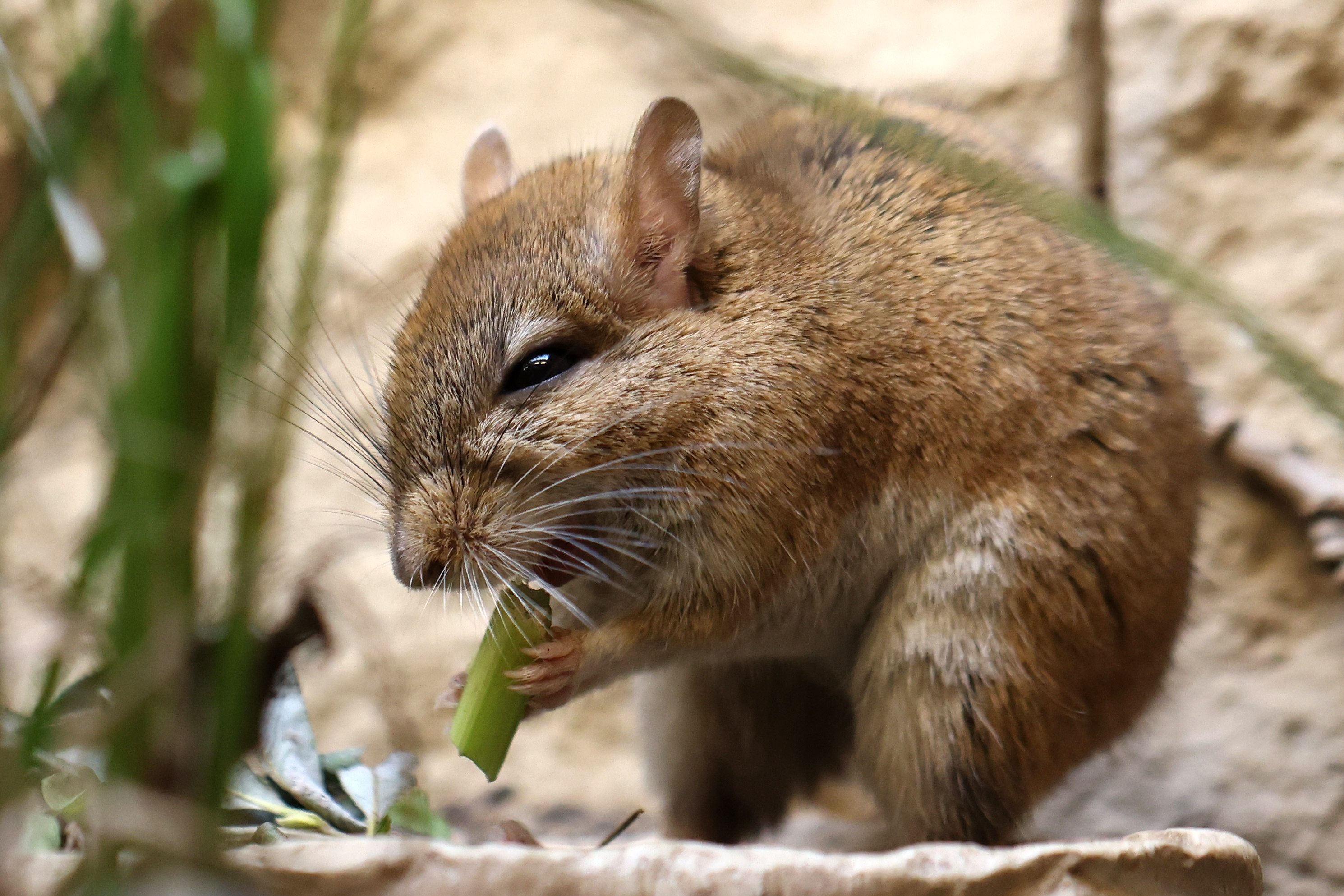
A distinct, musky odour is often associated with rodent infestations. This smell is produced by their urine, droppings, and pheromones and can become quite pronounced in enclosed spaces. The presence of this odour is not only unpleasant but can also trigger allergic reactions in sensitive individuals. Identifying and addressing the source of the odour is essential for maintaining a healthy living environment. In addition to odour, rodent infestations can exacerbate allergy symptoms due to the presence of allergens such as dander and hair. These allergens can become airborne and contribute to respiratory issues, particularly in individuals with asthma or allergies. Implementing thorough cleaning and air purification measures can help reduce the impact of rodent-related allergens. Homeowners can create a more comfortable and healthful living space by addressing the odour and allergen issues.
6. Pet Behavior

Pets, particularly cats and dogs, can be surprisingly effective at detecting rodent activity. Animals have heightened senses of smell and hearing, enabling them to notice the presence of rodents long before humans do. Unusual behaviours in pets, such as heightened alertness, barking, or pawing at walls and floors, can indicate rodent activity in the home. Observing pet behaviour can provide early warnings of a rodent problem, allowing for timely intervention. Pets may also lead you to areas of high rodent activity, such as hidden nests or entry points. However, it's important to ensure that pets do not contact rodents directly, as they can transmit diseases and parasites. Pet-safe rodent control methods are essential for protecting your furry friends and your home from infestation.
7. Sightings and Tracks
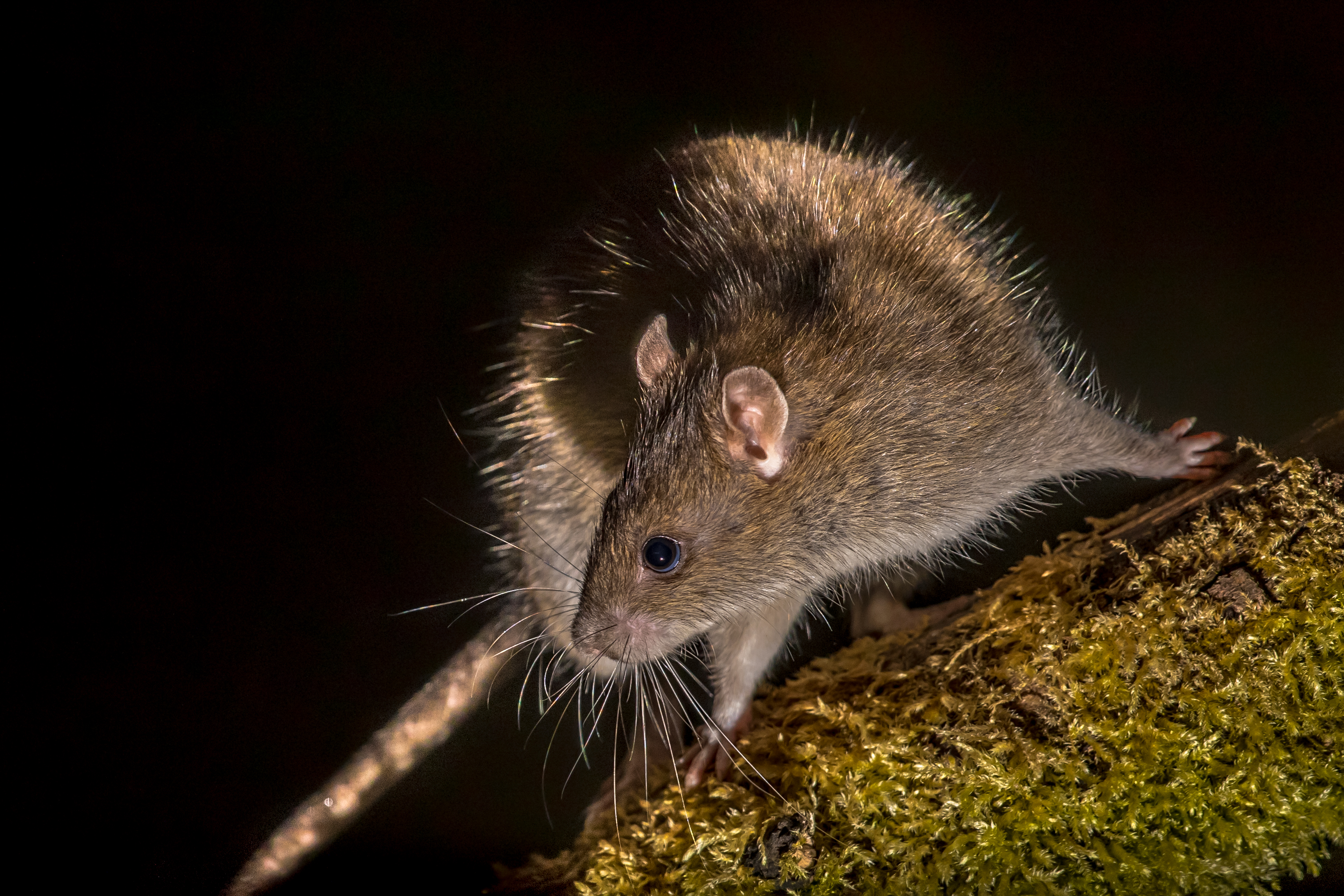
While rodents are elusive creatures, direct sightings are a definitive sign of an infestation. Spotting a mouse or rat during the day indicates a significant population, as these nocturnal animals typically avoid daylight. In addition to sightings, tracks such as footprints and tail marks in dusty or muddy areas can reveal rodents' presence and movement patterns. Documenting sightings and tracks can help identify the scope of an infestation and guide control efforts. Setting up monitoring tools, such as motion-activated cameras or trackpads, can provide further insights into rodent activity. Homeowners can strategically place traps and bait stations to maximize effectiveness by understanding their movement patterns. Regular monitoring and documentation are key components of a successful rodent management plan.
8. Food and Water Sources
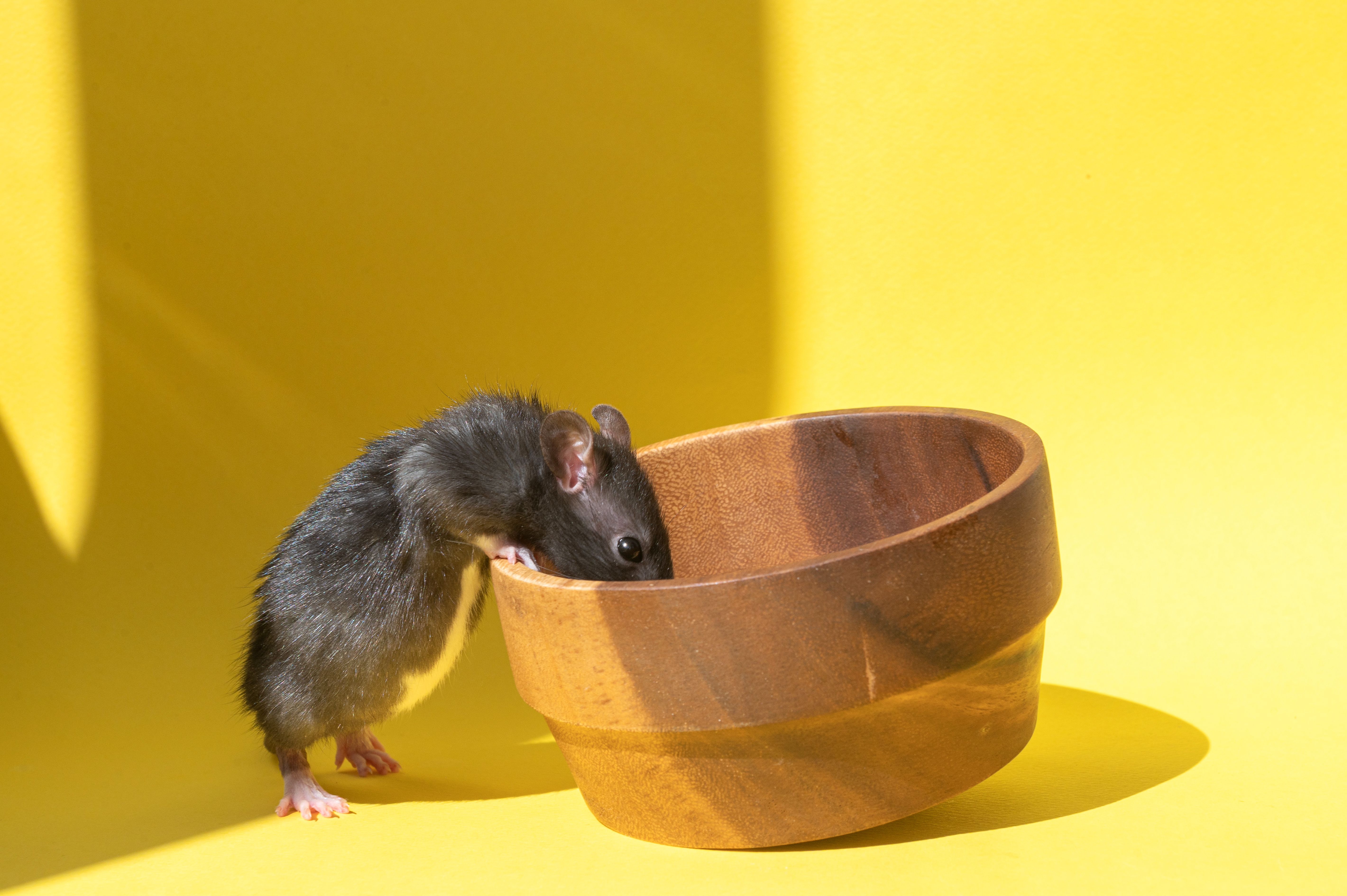
Rodents are opportunistic feeders, and the availability of food and water sources is a primary factor in their attraction to human spaces. Unsecured food, pet dishes, and leaky pipes can provide the sustenance rodents need to thrive. Identifying and eliminating these sources is crucial for controlling an infestation and preventing future invasions. Implementing proper food storage practices, such as using airtight containers and promptly cleaning up spills and crumbs, can significantly reduce the attractiveness of your space to rodents. Addressing water leaks and ensuring that pet food is not left out overnight are additional steps that can help deter rodents. By removing these attractants, homeowners can create an inhospitable environment for rodents, making it less likely for them to settle in.
9. Entry Points and Access
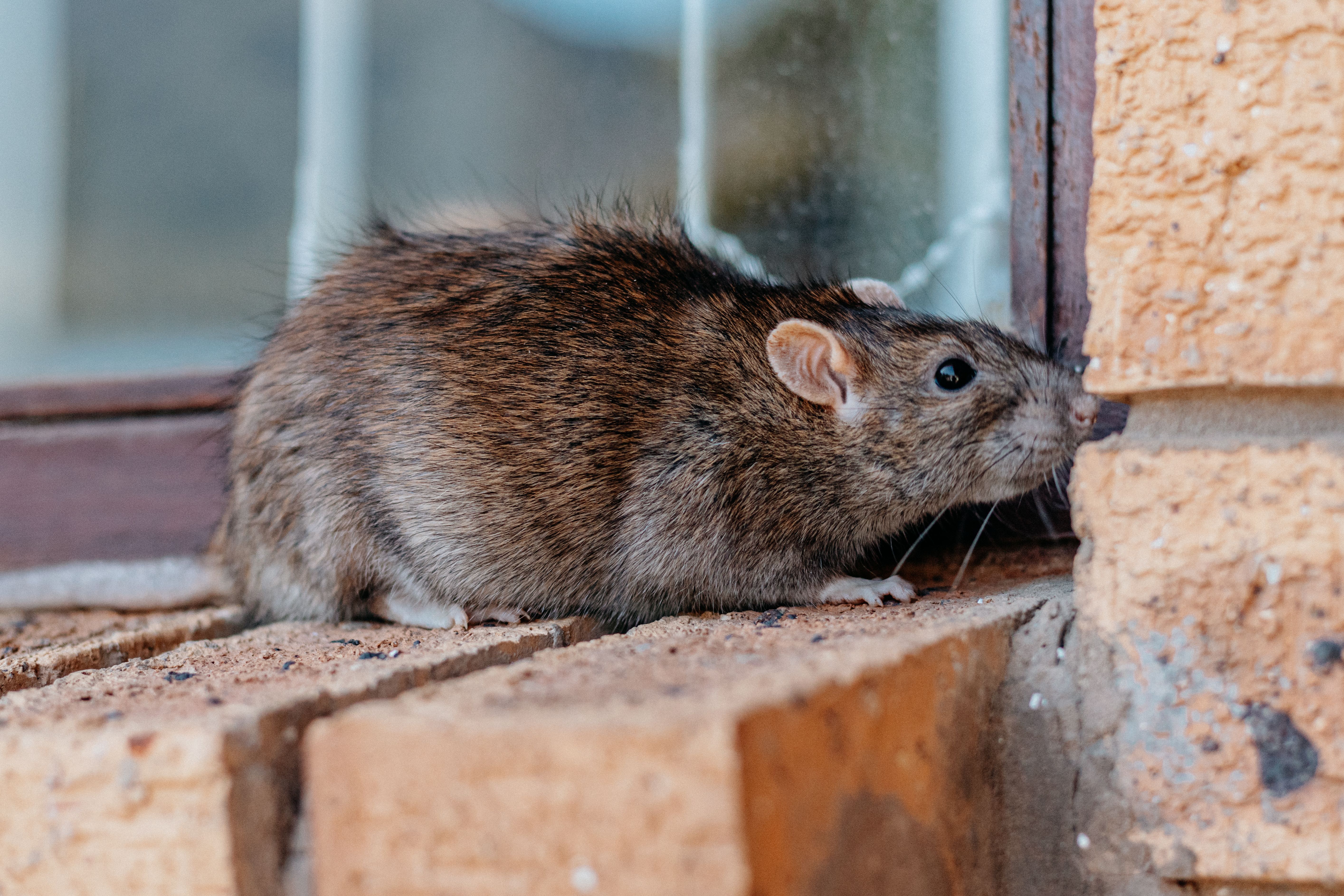
Rodents are masters of entry, capable of squeezing through openings as small as a quarter of an inch. Identifying and sealing these entry points is critical in preventing rodent infiltration. Common entry points include gaps around doors and windows, holes in walls and foundations, and openings around utility lines. Conducting a thorough inspection of your property can reveal potential entry points that must be addressed. Materials such as steel wool, caulk, and metal mesh can seal these openings and prevent rodents from gaining access. Regular maintenance and inspections ensure new entry points do not develop over time. Securing your property against entry can significantly reduce the likelihood of a rodent infestation.
10. Professional Intervention
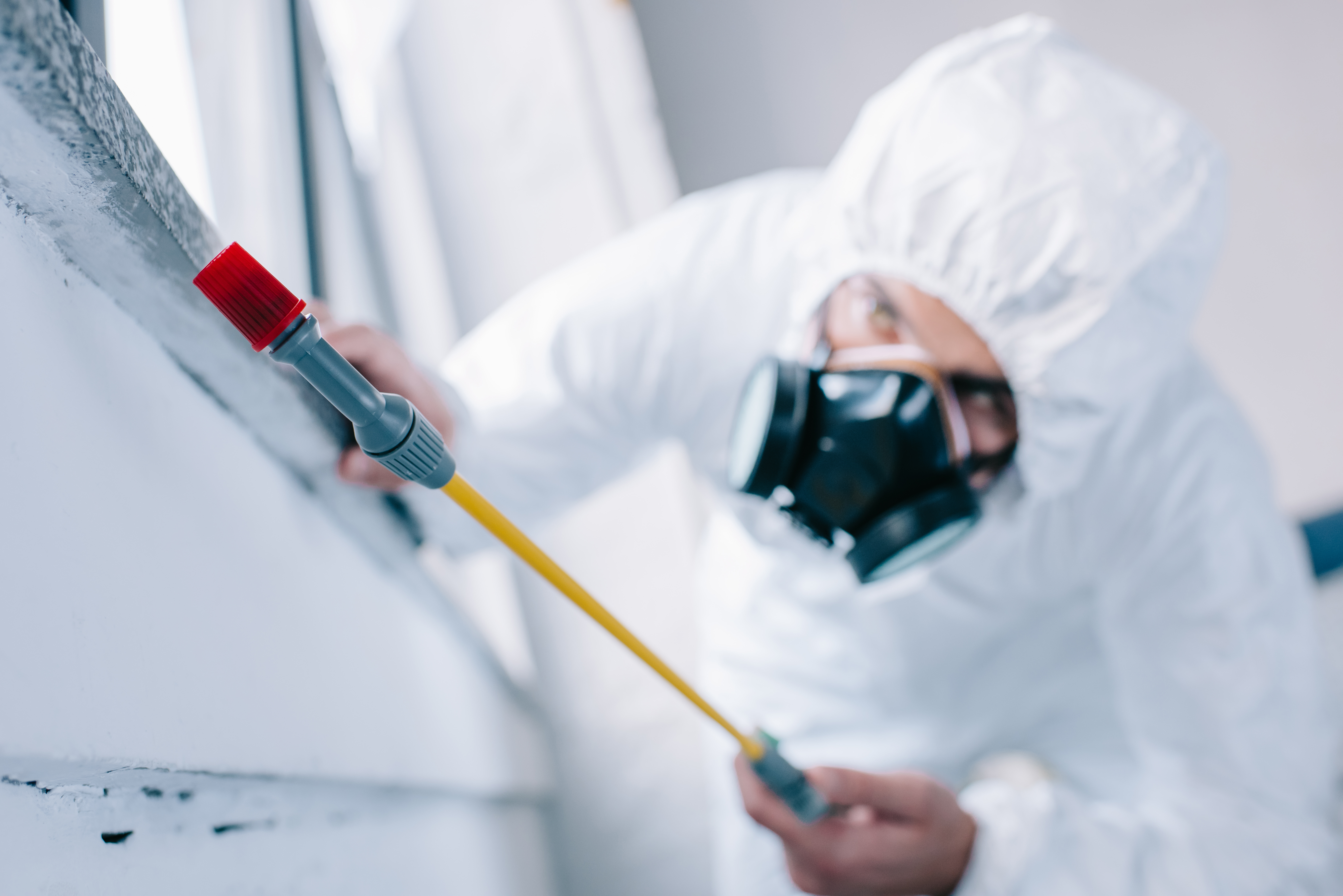
Professional intervention may be necessary in cases of severe infestations or when DIY methods prove ineffective. Pest control professionals have the expertise and tools needed to assess the situation and implement comprehensive control measures. They can provide targeted treatments that address the specific needs of your property and ensure the complete eradication of rodents. Professional pest control services offer a range of solutions, from trapping and baiting to exclusion and sanitation strategies. They can also provide ongoing monitoring and maintenance to prevent future infestations. By partnering with a reputable pest control company, homeowners can achieve peace of mind knowing that their space is protected from rodent threats.
Rodent infestations are a serious concern that requires prompt and effective action. By recognizing the signs of rodent activity and implementing the strategies outlined in this article, homeowners can reclaim their space and prevent future invasions. From identifying nocturnal noises and droppings to sealing entry points and seeking professional help, each step is crucial in the fight against these persistent pests. With vigilance and proactive measures, it is possible to maintain a safe and rodent-free environment.

